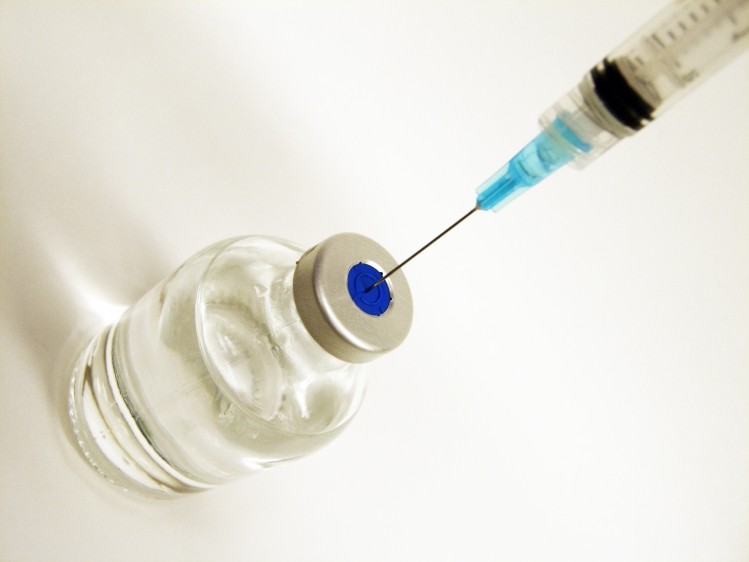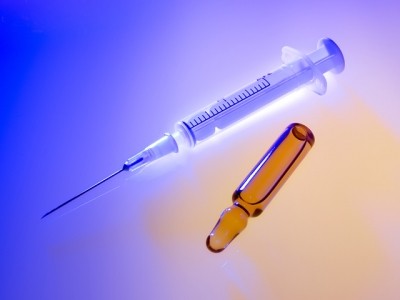Q&A on FDA’s draft biosimilar guidance: New expectations?

Q: How will this guidance shift industry’s perspective on biosimilars – were there any surprises in the guidance?
A: From an analytical and assay design perspective, there are not really any surprises in this information and it reinforces what we already know – that is, analytical characterisation is key. It probably formalises the concept that a reduced pre-clinical/clinical campaign may be possible in situations where the biosimilar and reference product are shown to be highly similar and this is good news for a company like BioOutsource as our assays can support Sponsors to demonstrate this and hopefully reduce the development timeline.
Q: How difficult will it be for companies to achieve the “highly similar with fingerprint like similarity” designation outlined in the guidance?
A: As with the previous guidance, the focus is on defining the key quality attributes of the biosimilar molecule and embarking on a comprehensive analysis of both the biosimilar and the Reference product to truly understand their characteristics.
I think it is becoming recognised that differences will occur and there is now a shift from standard comparability assessments to more complicated, specific assays to better understand the implications of any observed differences in order to predict whether they will lead to clinically meaningful differences between the biosimilar and the reference product in terms of the safety, purity, and potency of the product. There is now a formal pathway for sponsors to manage the clinical requirements with solid analytical data.
Q: What else should companies be aware of that’s included in this guidance but not past guidance?
A: From an analytical and assay design perspective, the content really serves to reiterate much of what has been issued previously but draws upon information from a number of white papers. For example, there is recognition that analytical assays should be able to detect the active and/or free product instead of the total product and that multiple assays may be required to understand the multifaceted activity of some of the biosimilar molecules.








